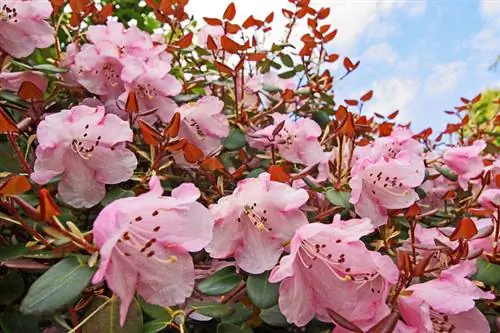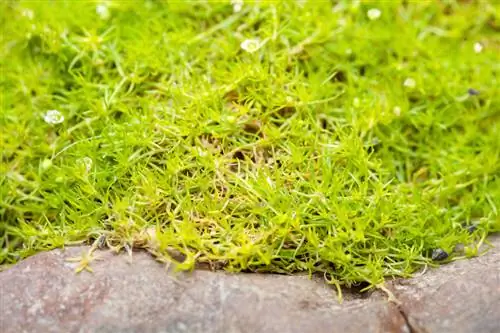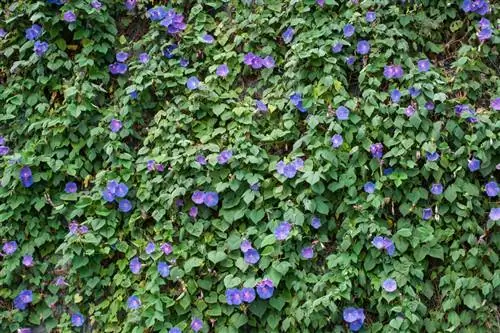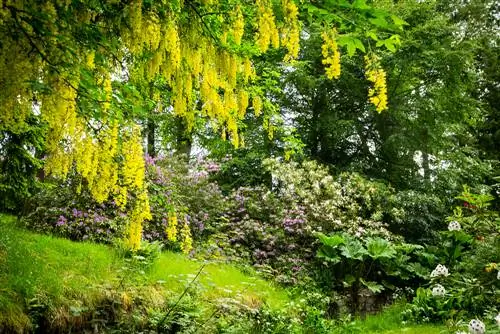- Author admin [email protected].
- Public 2023-12-16 16:46.
- Last modified 2025-01-23 11:21.
Don't let its name fool you: the buddleia or butterfly lilac (Buddleja) is not related to the true lilac (Syringa). The ornamental shrub comes from the subtropical and tropical regions of the world and is considered a neophyte in Europe due to its ability to reproduce.

Which location does the buddleia prefer?
The optimal location for a buddleia is a sunny spot with well-drained, light soil enriched with mature compost. It can also thrive in light partial shade, but heavy, clayey soils and shady places should be avoided. The choice of location varies depending on the variety.
Buddleia loves the sun
In keeping with its origins, the buddleia, which is swarmed by a striking number of butterflies, especially loves warm and sunny locations where it can really show off its lush flowers. Ideally, depending on the variety, the shrub, which can be up to four meters high and just as wide, stands on well-drained, light soil. Ideally, you should have enriched this with mature compost before planting. If there is no place in full sun, the buddleia also thrives in light partial shade - but it should not be shady, the plant also does not like heavy, loamy soil.
Location depends on variety
Furthermore, the optimal location for the buddleia depends on the species and variety. Many popular varieties - for example Buddleja davidii with its cultivated forms - are quite undemanding and thrive even on poor, gravelly soils. Others - such as the yellow buddleia (Buddleja x weyeriana) and the ball buddleia (Buddleja globosa) are very sensitive to frost and should therefore not be planted in the garden. However, these varieties are in good hands in a sufficiently large planter.
Design options with buddleia
The buddleia is suitable for planting in perennial beds and borders as well as for use as a solitary plant. Since the ornamental shrub is often bare in the lower area, it can be easily planted with shorter perennials or summer flowers.
Tip
Caution: Buddleia needs a lot of space! Depending on the variety, the bushes can grow up to four meters high and just as wide - if you don't want to constantly cut them back, you should take the expected size into account when choosing a location.






